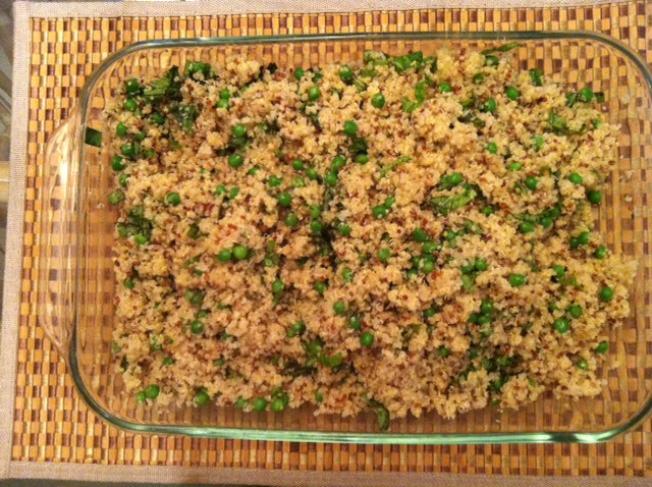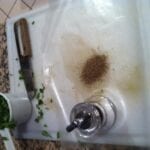Written by Marsha Seidelman, M.D.
January 29, 2020

Quinoa was a staple grain of the Incas, and has become popular with the general public lately because it’s easy to prepare and has more protein than other grains – 6 grams per 1/4 cup, and is a”complete” protein. This means it contains the correct proportion of all nine of the essential amino acids in the proportions we need to use them for our normal biological function. These nine particular amino acids, or building blocks of proteins, are considered essential in that we must consume them; our bodies are unable to manufacture them ourselves. Quinoa is also higher in unsaturated fats and lower in carbohydrates than most grains. Since its flavor is fairly neutral, you can replace some or all of the liquid for its preparation with low sodium vegetable broth. It lends itself to recipe creativity, as it blends well with dried fruit, many vegetables, nuts, herbs and spices. An unfortunate side effect of its growing popularity here, however, is that is has become more expensive for the natives of South America, where it is grown. If the economic laws of supply and demand work well, and appropriate resources are available, the countries and individuals who produce quinoa will benefit from increased production and sales, and we’ll all be healthier for it.
The lemon herb quinoa recipe below also includes hemp seeds. This is the first time I’ve used shelled hemp seeds (available at Whole Foods in the vitamin aisle), another complete protein. It has a soft, fine texture and a nutty taste. Since I discovered it with this recipe, I’ve found that it’s also good on yogurt. It can be used in baking and cooking as well, but its nutritional value is highest in its raw state.
What are hemp seeds, you might ask? While the hemp plant is high in fiber, the seeds or nuts are an ideal protein source with all of the essential amino acids in a ratio that is beneficial for humans, in addition to magnesium, iron, potassium and vitamin E. Hemp comes from a variety of Cannabis plants, but the level of THC (for all you kids of the ’60’s and ’70’s) is negligible or non-existent. It’s equivalent to the level of opium in poppy seeds. It is actually illegal to grow it in the US, so the product I have, and evidently most of what is sold in the US, is grown in Canada.
So now on to the important stuff. See the photos below Complete Protein Nutrition entry for some quick preparation tricks.
Lemon Herb Quinoa
Adapted from Shine from Yahoo
This is a light refreshing side dish – good choice for a BBQ side dish. The measurements for the dressing are doubled from the original recipe because I wanted more taste, but decreased the proportions of mustard and lemon. Feel free to experiment further. Be cautious not to over-dress the quinoa and make it soggy. Save the leftover dressing to add as needed when you serve the quinoa, or to use with other raw or cooked veggies.
Ingredients:
1 cup quinoa, dry (I like to mix plain and red quinoa for the visual effect)
2 cups water (or 1 cup water, 1 cup low salt vegetable broth)
1 cup green peas, fresh or frozen
1/3 cup fresh basil, finely chopped
1/4 cup shelled hemp seeds
4 Tbsp olive oil
3 Tbsp lemon juice
3 tsp Dijon mustard
2 tsp maple syrup
1/2 tsp sea salt, adjust to taste
1/4 tsp fresh ground pepper, adjust to taste
Directions:
- Rinse quinoa in a fine mesh strainer with cold water. Transfer to a pot and add 2 cups of liquid. Bring to a boil.
- Reduce heat to a simmer, and leave the lid slightly ajar. Simmer for about 15 minutes or until quinoa is plump and the water is absorbed. The texture should be soft, but not mushy.
- Remove quinoa from heat and let it sit covered for 5 minutes. Fluff with a fork and set aside.
- Boil fresh peas until warm and tender or run frozen peas under warm water. Drain and set aside.
- Mix quinoa, peas, basil, and hemp seeds in a large bowl. Whisk together the oil, lemon juice, maple syrup, Dijon, sea salt and pepper. Pour about 1/2 to 2/3 over the quinoa, checking for taste and avoiding too much moisture. Serve warm or cold. The dish will keep for 3 days (not in my house!), except the basil might turn a little dark)
Tags: vegan



